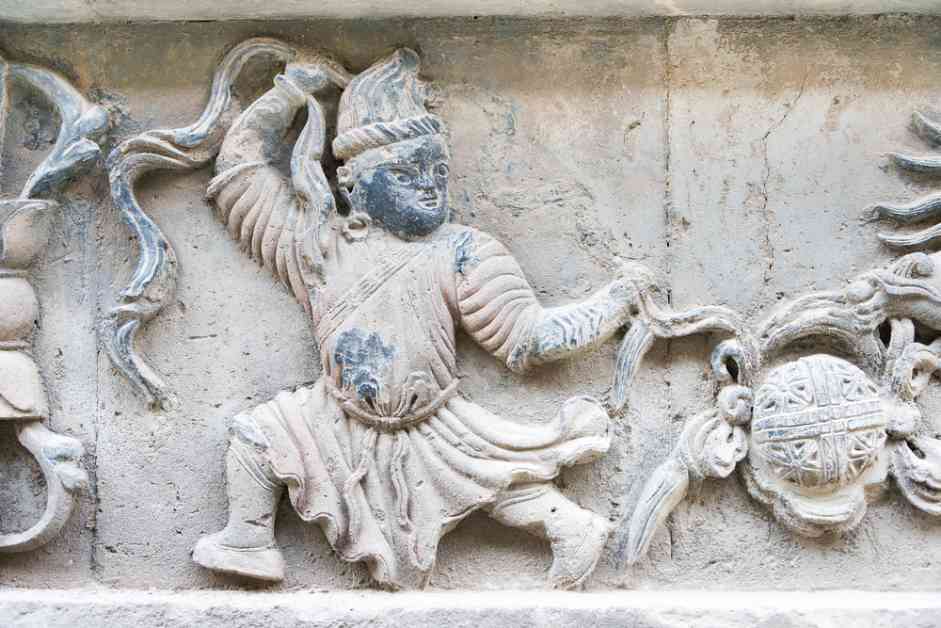Ancient Mongolian Blood Sausage: A Culinary Tradition from the Past
The Mongolians, known for their conquests across Eurasia, had a strong culinary tradition that dates back roughly 2,000 years before Genghis Khan’s time. Recent research sheds light on the foods consumed by the nomadic pastoralists of the Mongolian steppe around 700 B.C.E. by analyzing protein residues in ancient cauldrons, revealing some intriguing findings.
According to Shevan Wilkin, a biomolecular archaeologist at the University of Basel in Switzerland, the Mongolians had a practice of collecting blood from animals, indicating a deep-rooted tradition of not wasting any part of the animals they raised. The discovery of ancient cauldrons dating back to 700 B.C.E. provides insight into the lifestyle of Mongolians as nomadic pastoralists who herded ruminants such as sheep, goats, and yaks across pastures.
The cauldrons, unearthed in northern central Mongolia, were found buried underground and wrapped in frayed leather. Through protein analysis, it was revealed that these cauldrons contained about 99 percent blood and immune proteins from ruminants like sheep and goats. This suggests that Mongolians made blood sausages by boiling the collected blood in the animals’ intestinal casings, a practice that continues in modern Mongolia.
In addition to blood sausages, Mongolians likely consumed meat and dairy products from their herds, including horse milk. The consumption of fermented horse milk, a popular beverage even today, indicates a longstanding tradition of nomadic dairy pastoralism among Mongolians. The discovery of yak milk residues in the cauldrons also suggests that yak husbandry dates back centuries earlier than previously thought.
Wilkin speculates that Mongolians may have also consumed alcohol made from fermented horse milk, a practice that continues to this day. Although direct evidence of such behaviors is scarce, the findings from the ancient cauldrons provide valuable insights into the dietary habits of ancient Mongolians and the continuity of culinary traditions that have sustained them for thousands of years.
Overall, the research into ancient Mongolian blood sausages offers a fascinating glimpse into the culinary practices of a civilization that has left a lasting impact on history. The discovery of these ancient cauldrons not only enriches our understanding of Mongolian culture but also highlights the resilience and innovation of ancient peoples in utilizing every available resource to sustain themselves in challenging environments.

